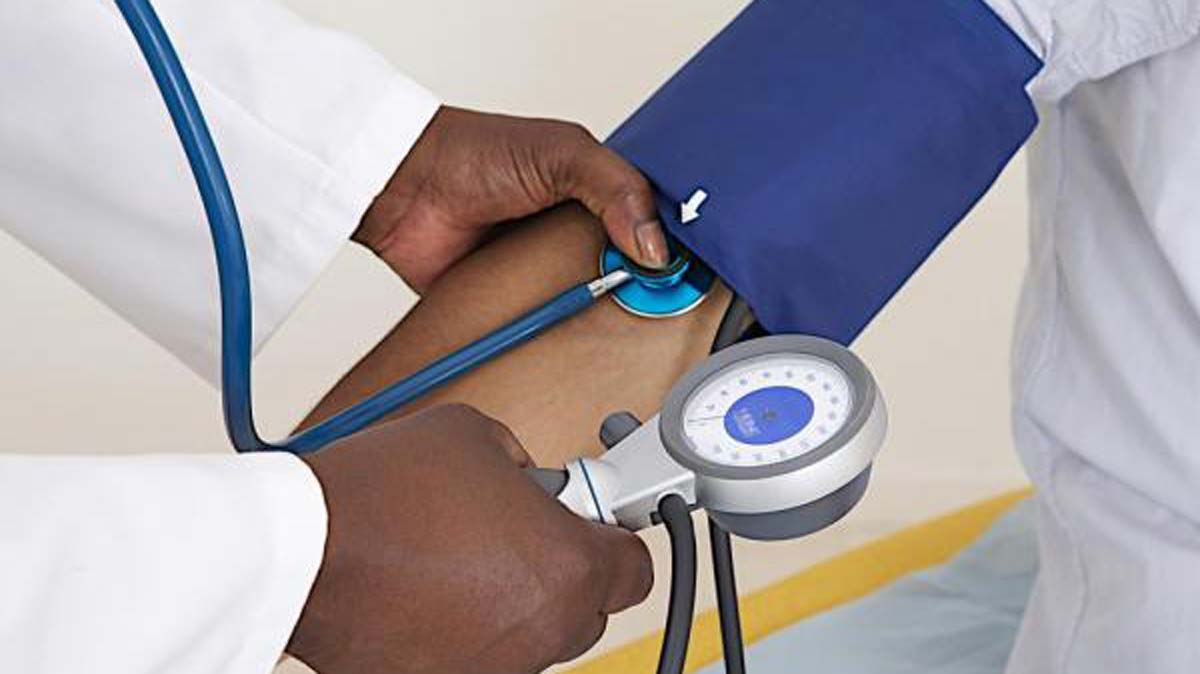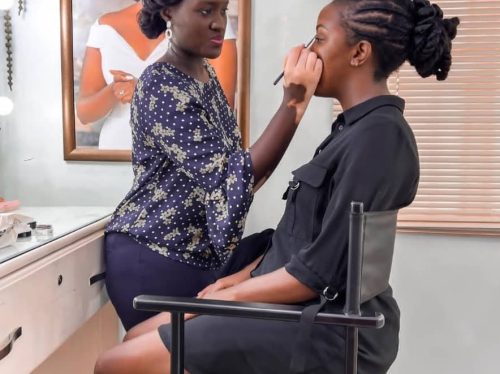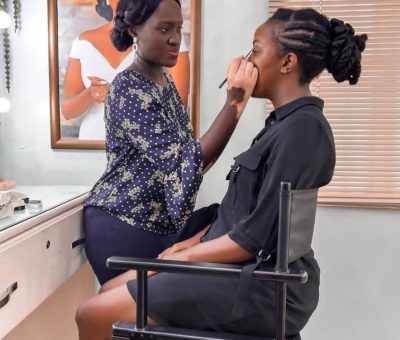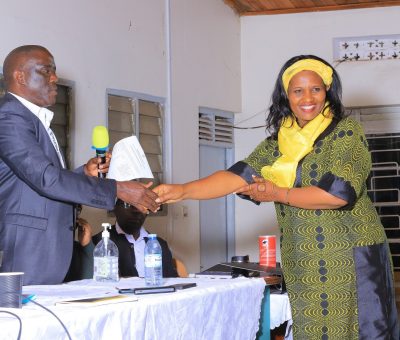Crucial general check-ups for women

Understanding one’s body and how it functions is very important. Otherwise, how would we able prevent diseases or catch some of them in their infant stages? Dr Vincent Karuhanga, a general practitioner, says routine tests are necessary, especially for women of childbearing age and those approaching old age.
“These deal with symptoms and areas that are specific or more common in women. One of the important tests include blood tests which help in diagnosis of diseases such as heart disease that might not have obvious symptoms,” he says.
Bone density
The bone density test is used to establish if one has osteoporosis; a condition that causes bones to become weak and brittle. The test is done by measuring the level of vitamin D in your blood since this vitamin is essential for bone strength and other important functions in the body.
“As women get older women, they are more likely to suffer vitamin D deficiency as their skin does not produce enough of it anymore,” Dr Karuhanga says.
It is also crucial to have this test because five to seven years after starting menopause, women are likely to lose 30 percent of their bone mass.
The first time a woman must go for this test is when they are 65 years and thereafter, every five years. However, also those who smoke, have a history of non-traumatic fractures in their adult life or have a family history of osteoporosis should go for the test.
Blood sugar
The blood sugar test checks for the level of glucose (sugar) in your blood. If the glucose is high, it only means that your body is not making enough insulin or it is not using the glucose efficiently.
“This may indicate that you have diabetes or are pre-diabetic. Therefore, women who are 20 years and older should do this test once a year. The frequency increases for those who have high blood pressure,” Karuhanga tips.
There is also the lipid panel test which helps to look for saturated fats or levels of unhealthy cholesterol in one’s blood. The test is crucial because the bad cholesterol is what clogs blood vessels, hence high blood pressure or heart failure.
“Women of childbearing age or those with diabetes should get tested once a year to prevent pre-eclampsia during pregnancy,” he says.
Thyroid check
The thyroid gland is found in the neck and produces hormones that regulate metabolism. However, among women, the likelihood of getting hypothyroidism, an underactive thyroid gland (hypothyroidism) or hyperthyroidism, an overactive thyroid gland is higher than in men. Therefore, tests to measure hormone levels should be done to ensure your thyroid is working well.
“Women who are 60 years and above or those with symptoms such as muscle weakness, fatigue, brittle hair and nails, increased appetite, and unexplainable weight gain or loss should talk to their doctor to check their hormone levels for either hypothyroidism or hyperthyroidism,” Dr Karuhanga says.
Dental screening
Dr Hamis Ddungu, a dentist, says many people ignore dental problems because they are not painful in the beginning. However, it is essential to have a dental check-up twice-a-year to make sure there are no problems or the present ones do not escalate.
“The dentist will do a surface to surface check which will help to combat any potential gum disease, treat any tooth decay and clean any build-up,” Dr Ddungu says.
It is important to note that pregnant women or those using some family planning methods are highly susceptible to gum inflammation. Additionally, those who take a lot of coffee and alcoholic drinks need to be religious with these dental check-ups as they are at risk of getting gum disease as well as oral cancers.
Eye check-up
Dr Karuhanga says women between 20 and 40 years of age ought to do a comprehensive eye examination every two to four years while those aged 65 years and above should have one every one to two years.
“Regular eye check-ups will help catch any eye health problems such as vision changes, sties, cataracts, and glaucoma. For example, glaucoma is treatable and its causes can be supressed or slowed down using medication, on condition that the treatment starts early,” he says.
For those with a family history of glaucoma, have diabetes or use steroids, it is essential to do annual eye check from the time they are 40 years old.
STI check
Sexually transmitted infections, though not a reserve for women, affect them and early treatment starts with early diagnosis. Dr Herman Ssewagude, an obstetrician and gynaecologist at Seven Hills Medical Centre in Kampala, says the frequency of the check-ups is dependent on factors such as how sexually active one is and the number of sexual partners they have.
“Ordinarily, a sexually active women needs to have a test for chlamydia and gonorrhoea once a year,” he says, adding that even when one does not show symptoms of having an STI, as long as they have engaged in unprotected sex, testing should be done.
Ovarian reserve test
Women have an unrenewable number of eggs. Therefore, with this test, a woman will get to find out their fertility potential. This helps a woman know her chances of getting pregnant.
“The test will show the woman the number of eggs she has and their quality. It is done using a blood test and an ultrasound scan,” Dr Ssewagude says.
Age is one of the factors that affect egg quality hence infertility. Therefore, this test helps a woman know her chances of conception
Breast exam
Cancers such as breast cancer are on the rise and Dr David Miti, an oncologist, says it is at its highest when a woman is between 35 and 65 year. Nonetheless, most women diagnosed with the cancer can survive given that the detection is done early.
Dr Miti says scanning for breast cancer ought to start at 20 years of age with a doctor manually checking the breasts for any signs of lumps or any abnormal changes. Other signs to look out for are painful lumps in the breasts, dimples on the breast, and enlarged lymph nodes in the armpit. At 40, a woman should start doing annual mammograms to ensure there is no breast cancer.
Dr Miti adds that self-breast examination can also be done at home where the woman stands in front of a mirror then uses their finger pads to move around their breast in circular movements to check for lumps.


















